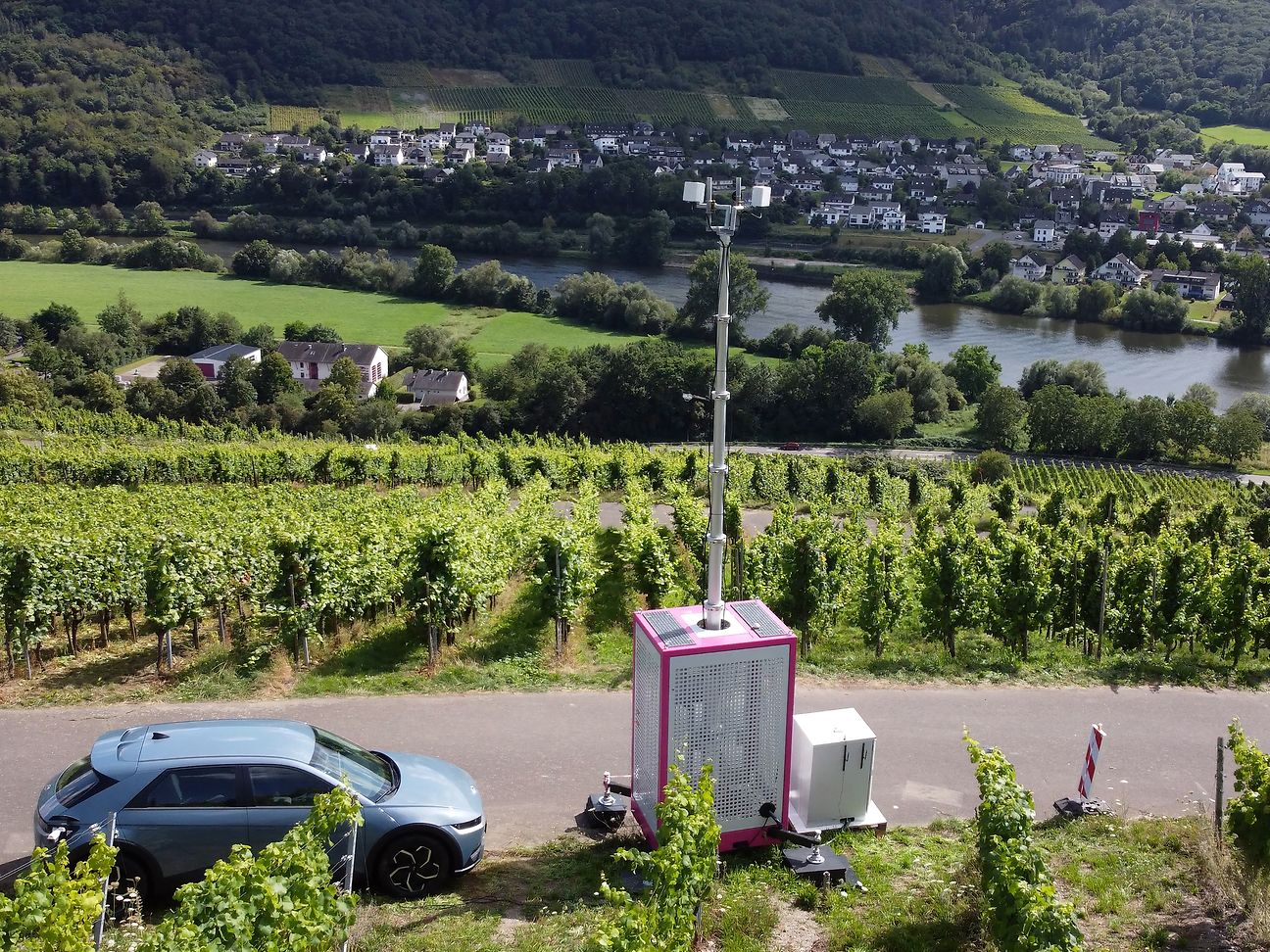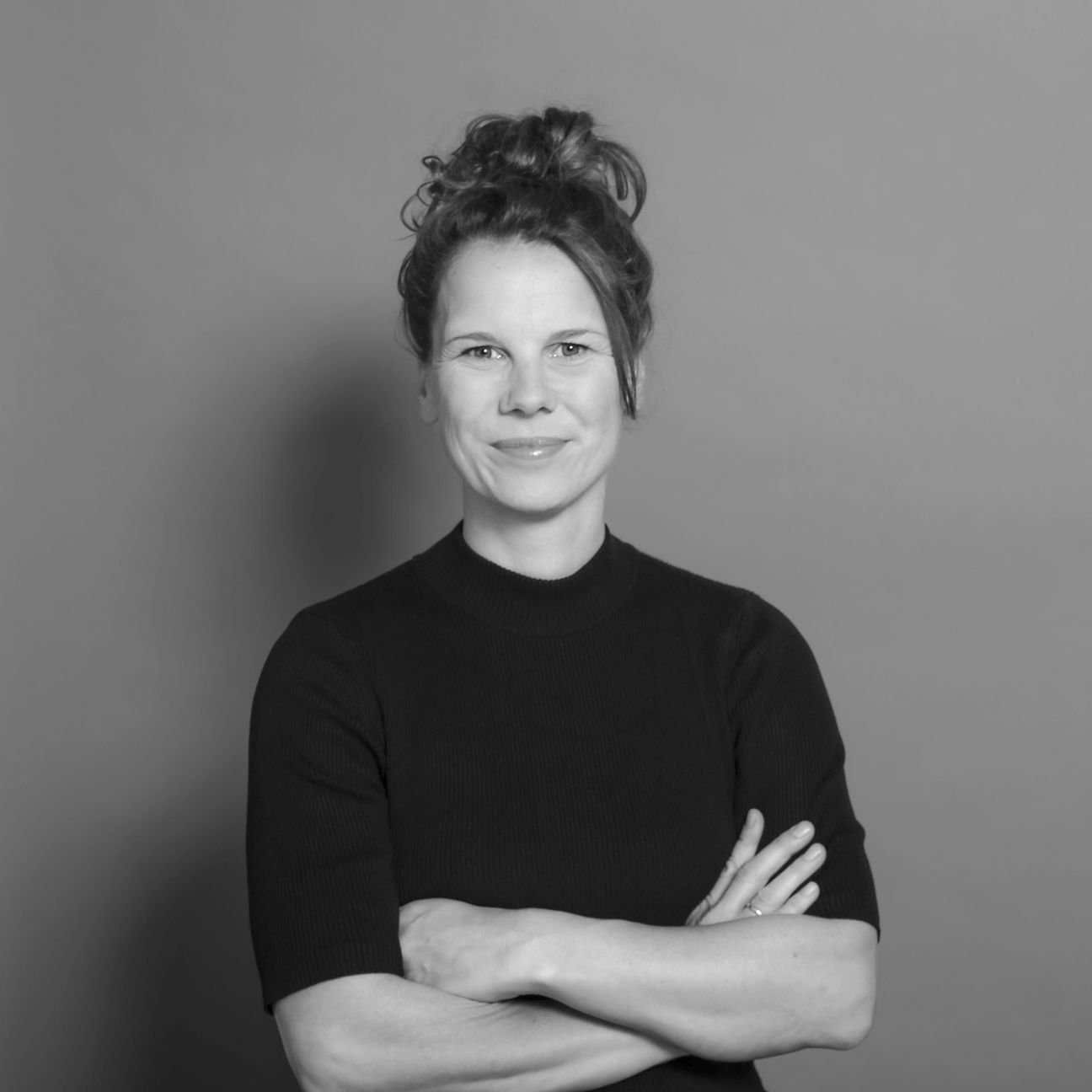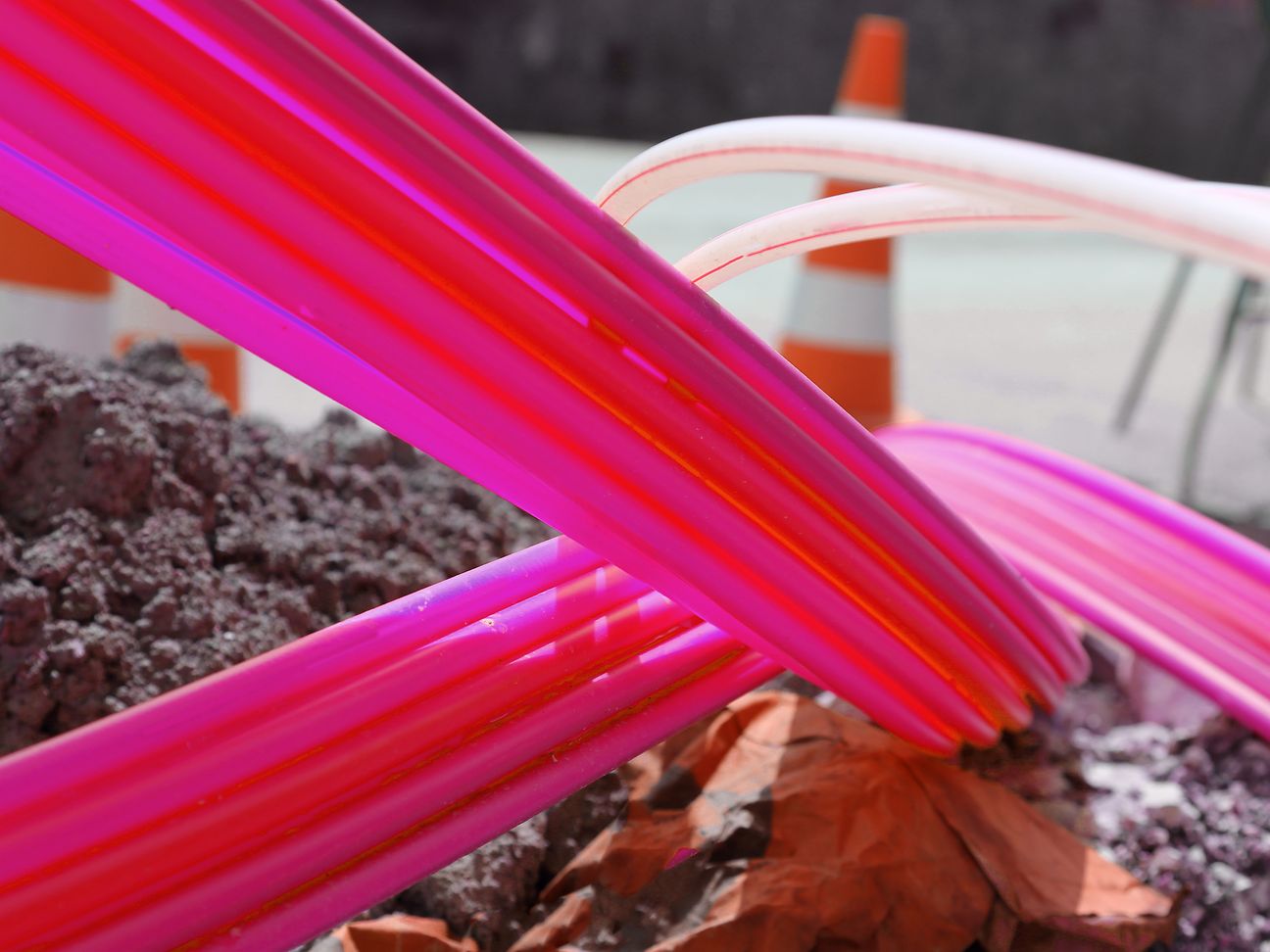- Deutsche Telekom equips project "Smart vineyard" project with 5G campus network
- Industrial frequencies ensure real-time data evaluation
- Shortage of skilled workers: 5G to preserve the 2000-year-old winemaking tradition on the Moselle
The Moselle Valley in the district of Cochem-Zell is known for its almost 2000-year-old winegrowing tradition and the extremely steep slopes. So far, they have mainly been cultivated by hand. A shortage of skilled workers and the risk of accidents on the steep slopes are increasingly causing problems for winegrowers in the region. The "Smarter Weinberg" project, funded by the Federal Ministry for Digital and Transport, has set itself the goal of preserving this unique cultural landscape with 5G-based digitization and automation and strengthening regional wineries. Deutsche Telekom has now equipped the smart vineyard with a 5G campus network. Together with an edge cloud provided in the project, the network serves as the basis for all digital applications. These are, for example, robotics, AI and image recognition.
Smart helper: The 5G viticulture robot
A robot equipped with a 5G router is used. This drives automatically and self-controlled through the rows of vineyards and carries out time-consuming work such as soil cultivation or defoliation. The vines and their surroundings are recorded with cameras integrated on the robot. On the basis of the recorded data, cultivation equipment – such as a flat share for weed removal – can be controlled in real time. Information on foliage volume and density as well as pest infestation and ripening conditions can also be extracted from the data. A central data platform also enables the intelligent reuse of the collected data. The information obtained enables winegrowers to make precise decisions to optimise the use of water, fertiliser and crop protection products.
Maria Wimmer, Professor of E-Government, Department of Computer Science, University of Koblenz: "Not much research has been done in the field of automation, especially for viticulture on steep slopes. The robotics platform that we developed in the project brings automation to the vineyard. But for the automation to work, we need a powerful computer and a powerful network. And for that, a private 5G campus solution is indispensable."
Kilian Franzen, winemaker at the Franzen winery, Bremm: "The robot supports us especially with time-consuming and heavy work such as mulching or defoliation. With the time we have gained, we can use the few skilled workers we have sensibly in those places where manual work still cannot be replaced."
5G industrial frequencies to process the data in real time
The 5G network installed uses industrial frequencies in the range of 3.7 to 3.8 gigahertz licensed specifically for Weinberg. The industrial frequencies are allocated by the Federal Network Agency upon application. This makes it a purely private network that works independently of Deutsche Telekom's public network. As a result, researchers, companies and winegrowers have exclusive access to over 100 megahertz of upload bandwidth for sensor data from the cameras. In addition, the network is to be developed into a nomadic network in the future. This means that in the future it will move from one vineyard to the next vineyard for cultivation. In addition to the topographical challenges, one of the project's specifications is that both robots and the grid are operated emission-free. Instead, an electric car that can supply electricity via the charging socket supplies the grid with energy.
Mathias Poeten, Head of the Mobile Network at Deutsche Telekom, says: "5G is revolutionizing viticulture. Deutsche Telekom's 5G campus network creates the basis for this and is specially tailored to the needs of the robot in the vineyard. With our innovative solution in container format, we can ensure that the network moves with the winegrowers in the future and thus ensures the best connectivity at all times."
In addition to providing the basis for robotics applications, the network also serves to research the interference and propagation properties of signals from the 5G mobile radio spectrum in complex agricultural environments. The complex topography of the vineyards poses a particular challenge for the complete and uniform illumination of the relevant areas. The research will analyse how objects such as wire installations, plants and foliage affect the quality of 5G signal transmission.
The Smart Vineyard
The joint project "Smart Vineyard" focuses on the digitization of viticulture in the area of steep and steep slopes in the Cochem-Zell wine-growing region on the Moselle. It is coordinated by the University of Koblenz, other partners are the Service Center for Rural Areas (Mosel), Agricultural Machinery Technology Clemens Technologies, Vision and Robotics, AeroDCS, as well as the winegrowers Franzen in Bremm and Weis in Zell/Mosel. The project thus supports winegrowers in the Cochem-Zell region in adapting their vineyards to the challenges of climate change and the shortage of skilled workers, while thus maintaining the excellent quality of the wines. The project is funded by the Federal Ministry for Digital and Transport.
About Deutsche Telekom: Deutsche Telekom at a glance


